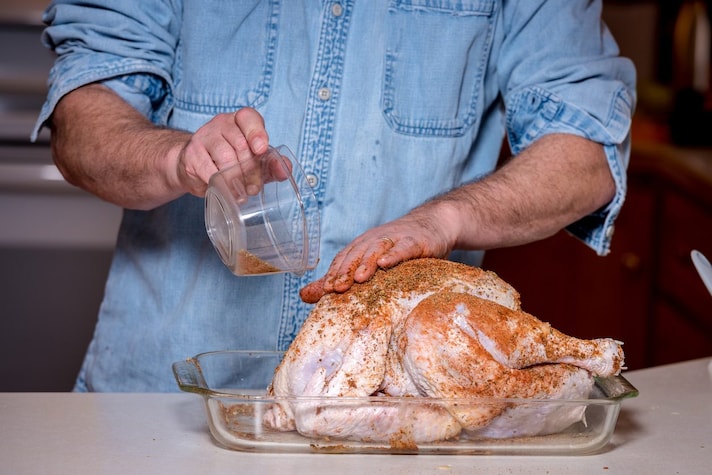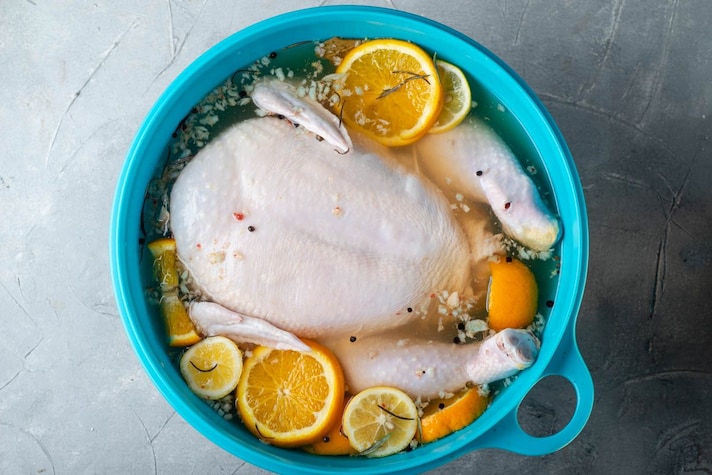Dry Brine vs. Wet Brine: What’s the Difference and Which is Best for a Turkey?
The best method depends on your specific needs, whether you prioritize crispy skin, juicy meat, convenience, or speed. Both methods have their pros and cons, so choose based on what you value most for your holiday feast.
;)
- Dry vs. Wet: Two main brining methods.
- Flavor vs. Juiciness: Dry for flavor, wet for moisture.
- Best method depends on your priorities.
When it comes to preparing a turkey for that special occasion, whether it's Thanksgiving, Christmas, or just a family gathering, one of the most important decisions you'll make is how to brine the bird. Brining is a technique that enhances the flavor and moisture content of the meat, ensuring a juicy and delicious turkey. The two primary methods for brining are dry brining and wet brining. But what's the difference between the two, and which one is best for your turkey? Let's dive in.
What is Brining?
Brining is a process that involves soaking or coating meat in a salt-based solution to improve its flavor, texture, and moisture retention. The salt helps to break down the protein structure of the meat, allowing it to absorb more water and, consequently, more flavor.
Dry Brine
How it Works
Dry brining involves rubbing a mixture of salt and seasonings directly onto the turkey's skin and letting it sit in the refrigerator for a specified period, usually 24 to 72 hours. The salt draws out the moisture from the turkey, which then dissolves the salt, creating a natural brine that is reabsorbed by the meat.
Pros
- Simpler Process: No need for large containers or bags to hold a liquid solution.
- Crisper Skin: The lack of additional water helps to achieve a crispier skin.
- More Intense Flavor: The direct contact of salt and spices with the meat can result in a more concentrated flavor.
Cons
- Time-Consuming: Requires more time for the brine to penetrate the meat.
- Risk of Over-Salting: If not done carefully, the meat can become too salty.

Wet Brine
How it Works
Wet brining involves submerging the turkey in a solution of salt, water, and other flavorings like herbs and spices. The turkey is then refrigerated for a period, typically 12 to 24 hours.
Pros
- Quicker Process: Takes less time for the brine to penetrate the meat.
- Moister Meat: The liquid solution can help to ensure a juicier turkey.
Cons
- Complex Setup: Requires a large container or bag to hold the turkey and liquid.
- Soggier Skin: The additional water can make it harder to achieve crispy skin.

Which is Best?
The "best" method depends on what you're looking for:
- For Crispier Skin: Dry brine is the way to go.
- For Juicier Meat: Wet brine can be more effective.
- For Convenience: Dry brine is simpler and requires fewer resources.
- For Speed: Wet brine is quicker but requires more setup time.
Both dry and wet brining have their merits and drawbacks. Your choice will depend on your specific needs and what you value most in your turkey—be it juiciness, flavor, or crispy skin. Either way, brining is a crucial step that can make all the difference in your holiday feast.
;Resize,width=767;)
;Resize,width=712;)
;Resize,width=712;)

